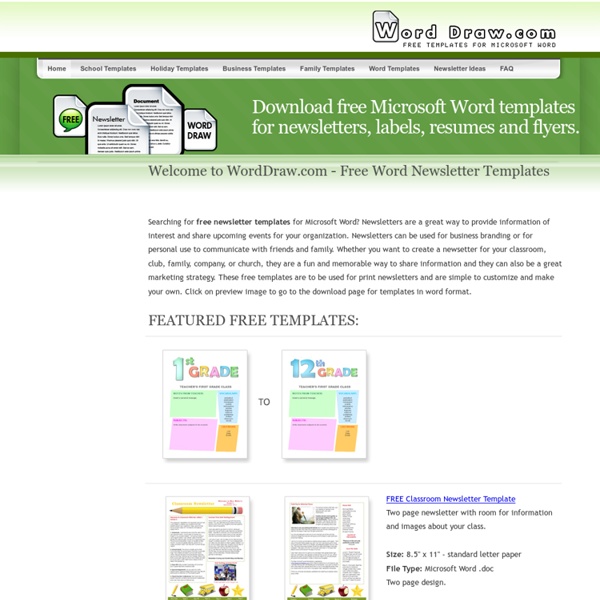



The ridiculously charming world of 'Ni No Kuni,' Studio Ghibli's gaming masterpiece 4inShare Jump To Close Hayao Miyazaki, renowned director and co-founder of Japanese animation powerhouse Studio Ghibli, doesn't like video games. He once tried to play a PC version of the Japanese board game Shogi but it wasn't for him. "The PC checks all approaches," he said in an interview. Section TOC Title Ni No Kuni tells the story of 13-year-old Oliver, a young boy who ventures into a fantastical world in an attempt to save his dead mother. There are dozens of areas to explore, and as players venture through the world they'll encounter everything from cats who are kings to helpful genies. The partnership between Studio Ghibli and Level 5 makes a lot of sense. The collaboration began when Level 5 was looking to do something special to celebrate its 10th anniversary. The timing turned out to be perfect as Ghibli had finished work on Ponyo. The result of all of this hard work is remarkable: playing Ni No Kuni feels like moving around inside of a Studio Ghibli film.
Visual Studio Magazine Home » Less Desktop; More Mobile… but Not That Fast This is an excerpt from Sharon Boller’s newest white paper, Learning Trends, Technologies and Opportunities. The white paper describes today’s learning landscape… then predicts 7 trends for the next 12 – 18 months. Here is Trend 1: Think glacier and not waterfall. Glaciers had a massive impact on our topography – but it took awhile for them to make the impact they eventually did. What points to somewhat faster movement in 2013 is that market saturation on the consumer side is pretty complete. After attending mLearn 2011, we shared data that showed the explosion of devices and uptake. Apple shipped 15 million iPads in Q1 2012. The shift to mobile seems to be happening fastest in K-12 and college classrooms (a bit ironic). Companies who are using mobile today are focused more on supplying solutions to customers rather than to employees. Also in the “mobile” category of trends is to say “mobile” without clarifying exactly what’s meant by it. Click the image to download the white paper.